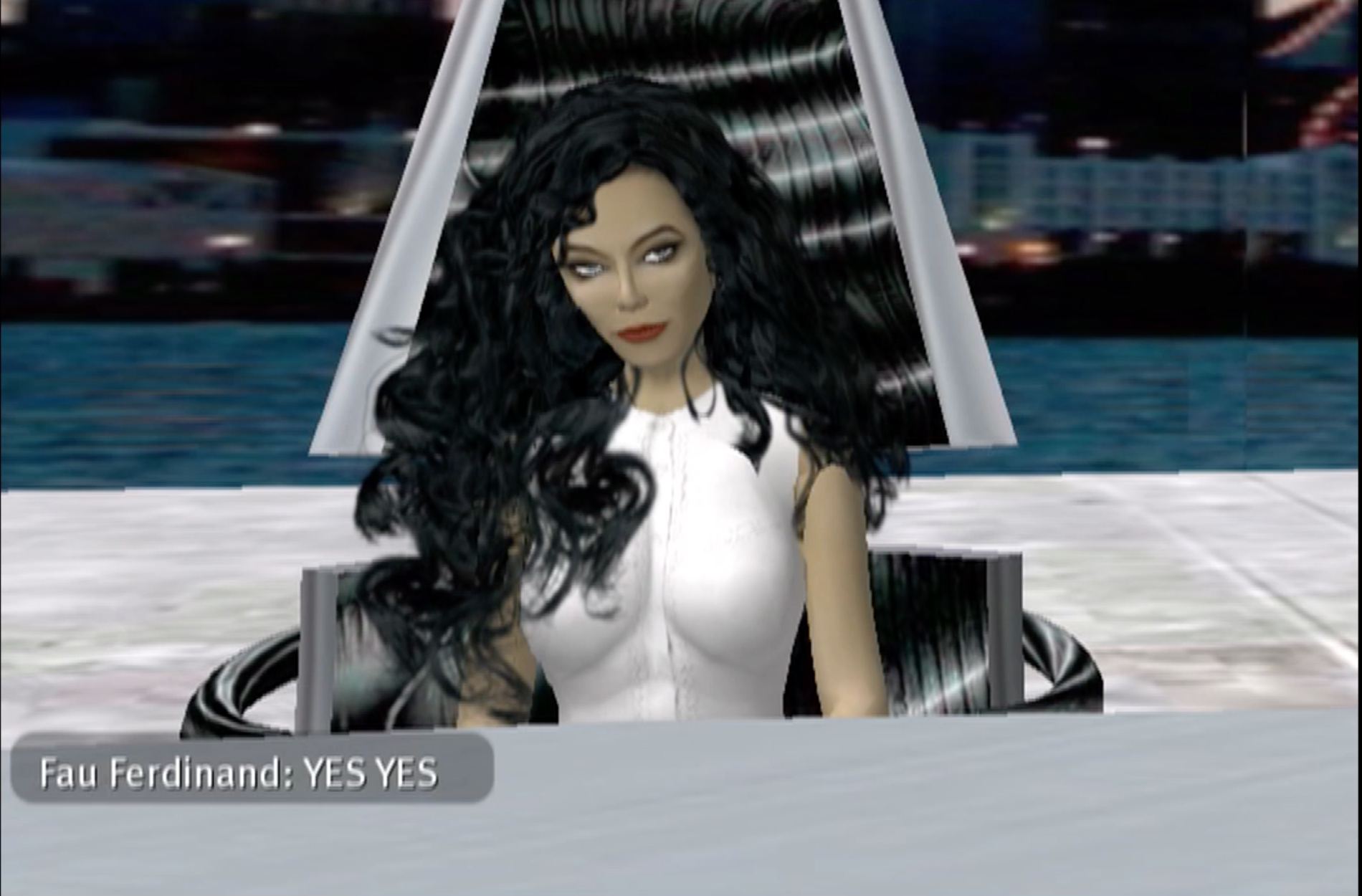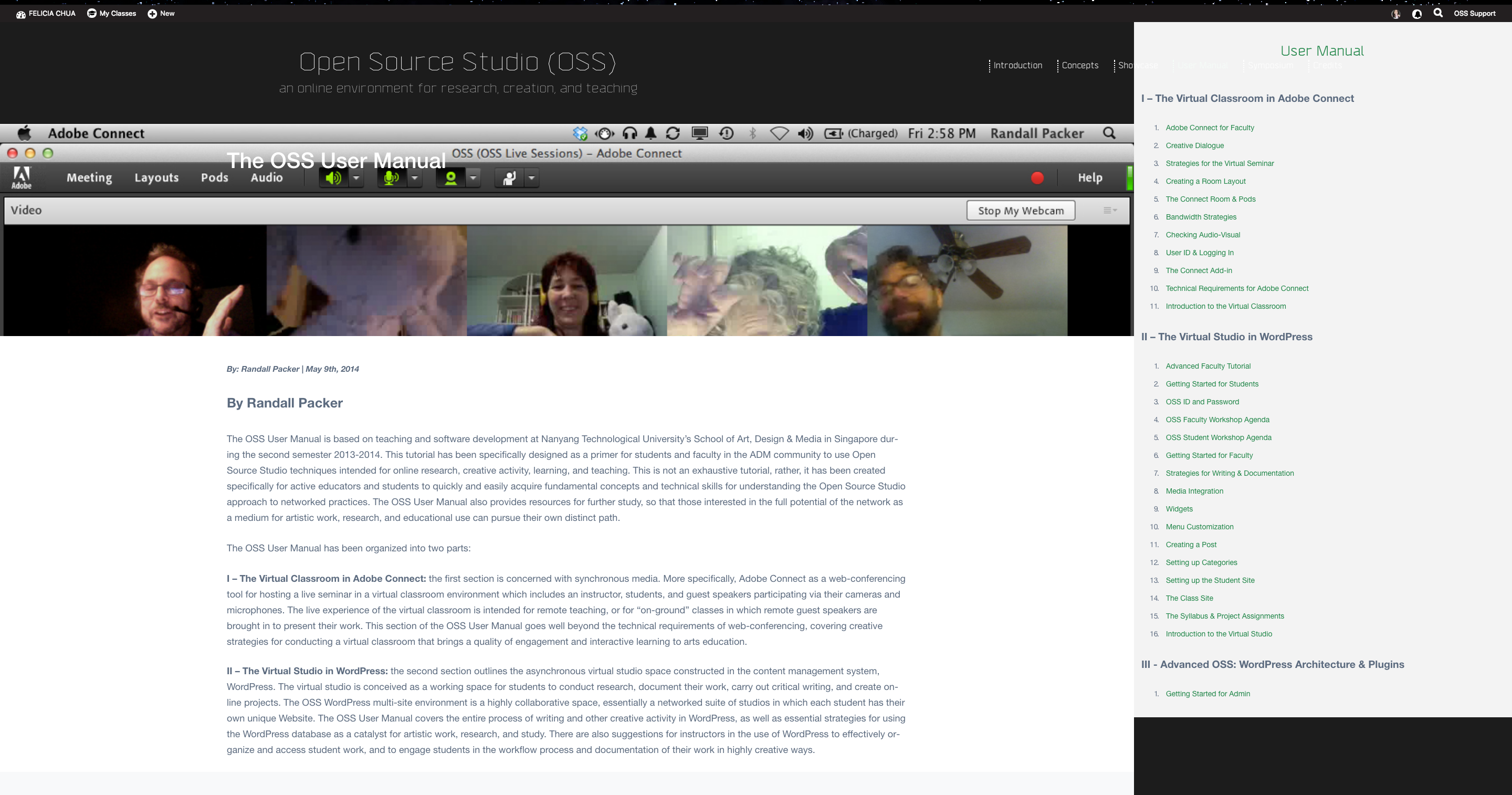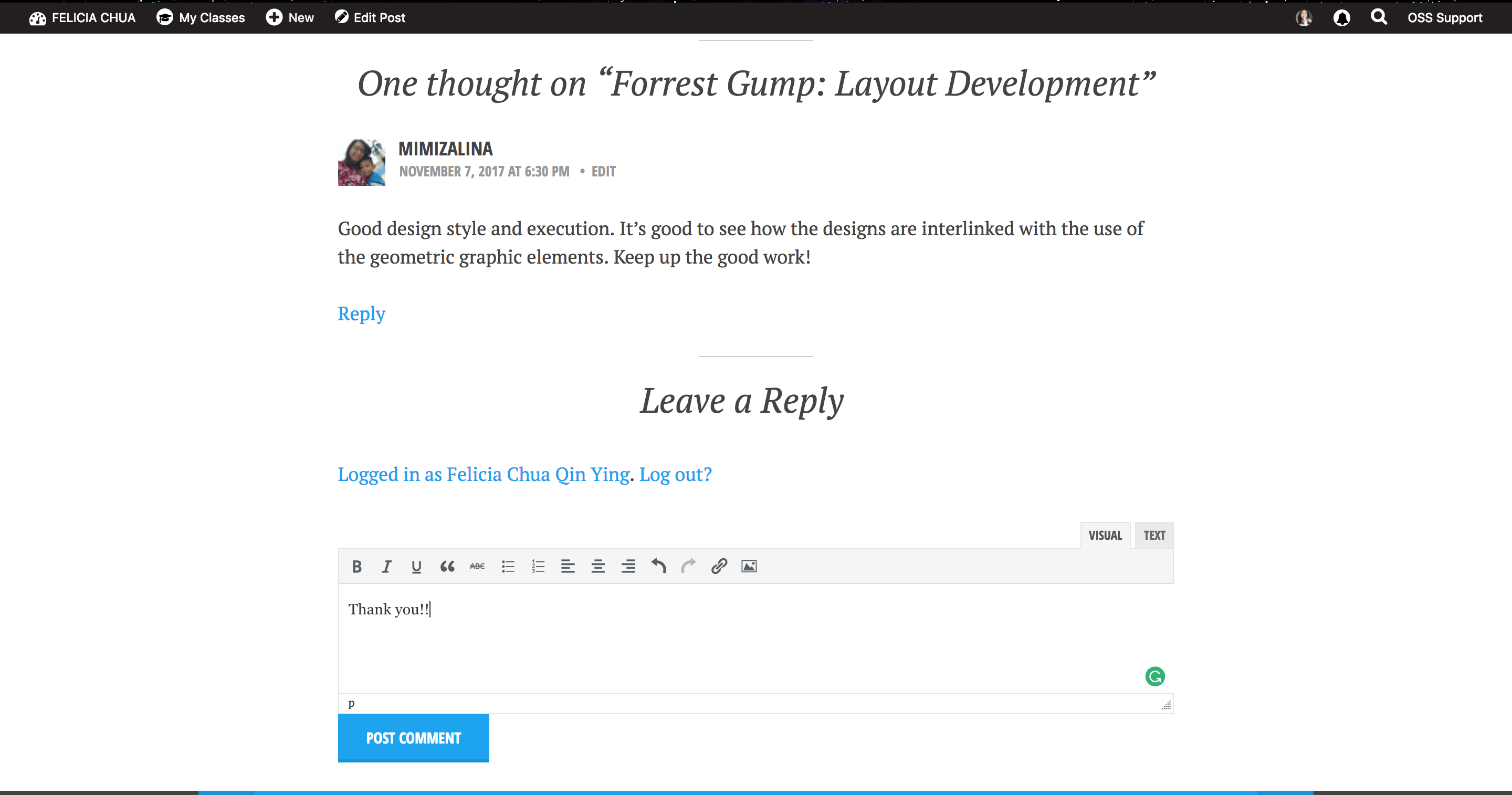ABOUT:
Founded by Linden Lab who first launched Second Life in 2003, it has pioneered to become a virtual world where many transacted millions across this platform. Second Front (2006), a team of 7 live performers, were the first to perform in the online virtual world of Second Life. The main source of influence mainly derives from Dadaism, Fluxus, and many other geneses of contemporary performance artists like Laurie Anderson herself. Second Front continually pushes the notions of conventional performance and the culture of immateriality.
OVERVIEW:
One example of a live performance by Second Front is the Grand Theft Avatar (2008). Being hosted in the virtual world, this is a presentation of a robbery case where the group posed as the currency liberation army and eventually made an attempt to escape by riding on a bomb, diving into the sunset.
THE THIRD SPACE:
The third space is a fluid matrix of potentiality and realizable connections to the most far-reaching remoteness. – Randall Packer, The Third Space (2014)
A definition from the web: It represents the fusion of the physical and the remote into a third space that can be inhabited by remote users simultaneously or asynchronously.
Unlike performances that were set in the real world, the artificially simulated dimension provides infinite opportunities for them to work their magic, a hyperspace where traditional laws cease to exist. This notion acts as a blur between the real world and the virtual through distributed existence. The possibility is endless, and the benefits of virtual reality are just the tip of the iceberg.






